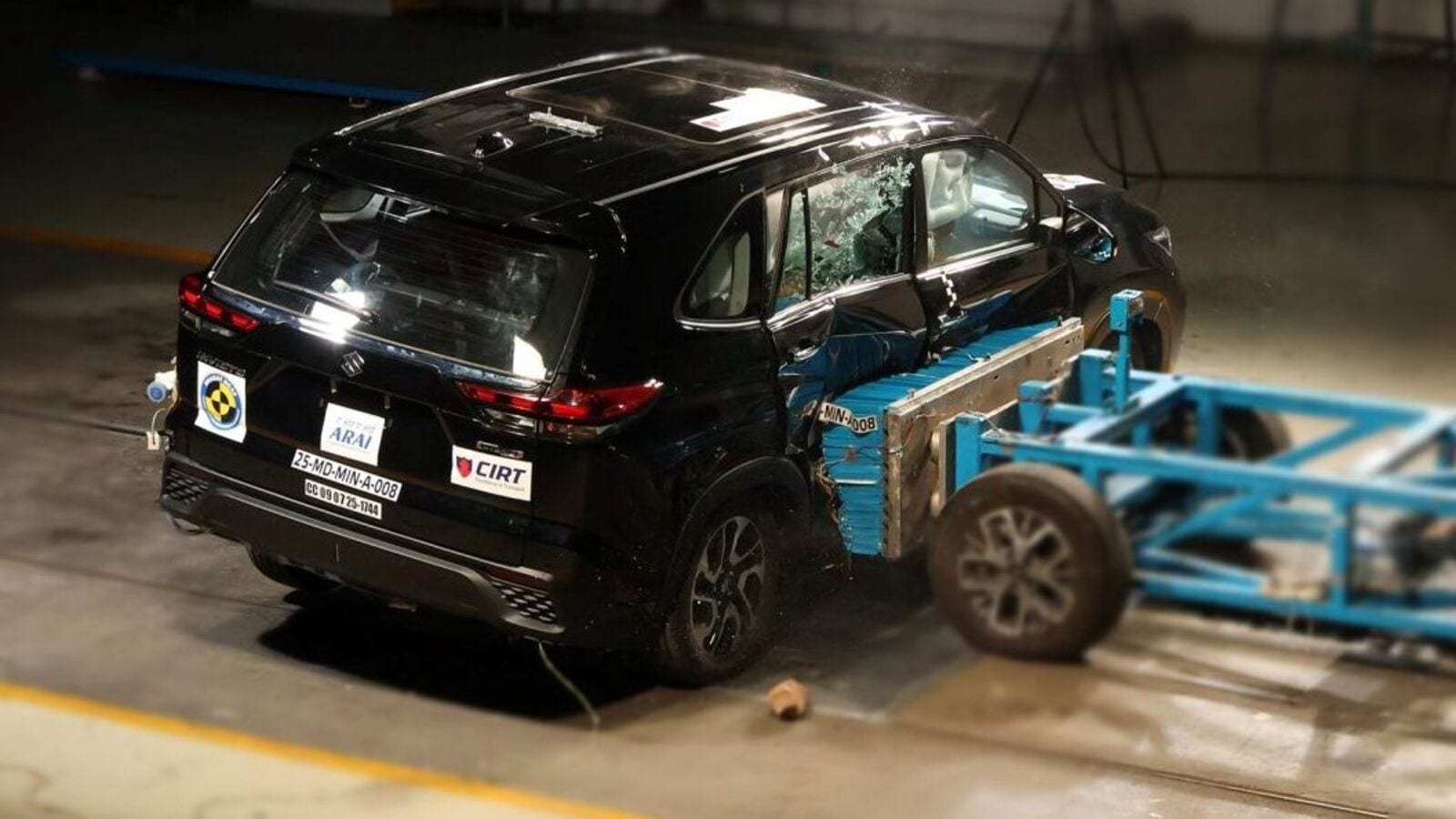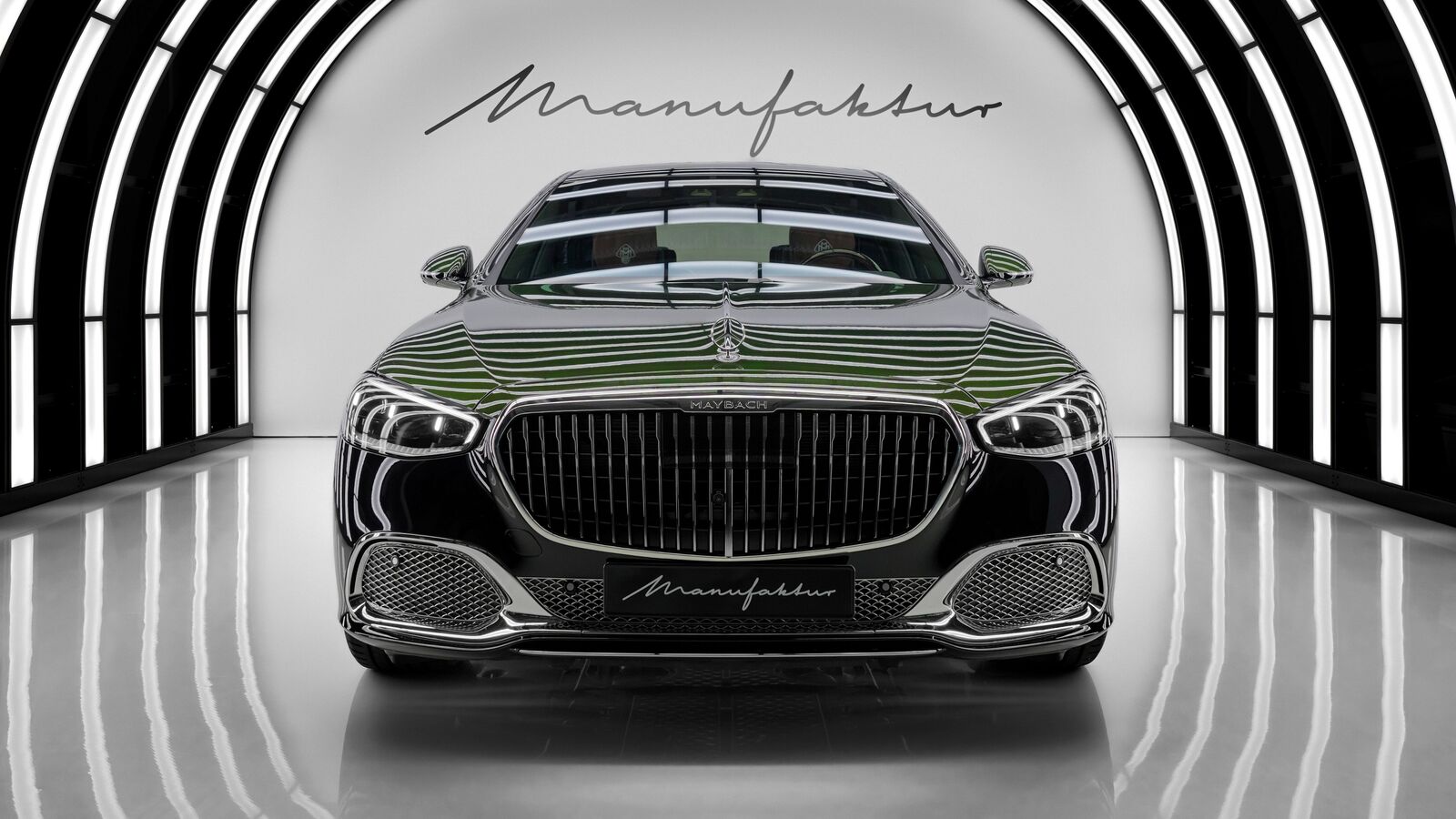25 September 2025

August saw a second consecutive month of growth for the EU new-car market, accompanied by a boost for battery-electric vehicle (BEV) registrations. However, looking at the bigger picture, is any cause for celebration premature? Autovista24 web editor James Roberts investigates the data.
A total of 677,785 new cars were delivered across the EU in August, according to the latest figures from ACEA. This equalled a 5.3% year-on-year increase for the region, and a second consecutive month of year-on-year growth, bolstered by 34,391 additional units.
However, spanning the first eight months of the 2025, year-on-year EU new-car registrations are down 0.1%. Between January and August, 7,168,847 new vehicles took to the bloc’s roads, a unit slide of 10,421 compared with the same period in 2024.
Of the 27 EU nations, 19 recorded growth. Amongst the major markets, Spain continued its upward trajectory in 2025. It registered a 17.2% year-on-year upswing, with 61,313 new vehicles reaching customers.
Germany saw a healthy 5% increase in August, whilst France, buoyed by new electric vehicle (EV) incentives, returned to growth with a 2.2% improvement in the month. However, consistent negative returns across the year-to-date meant that the French market remained 7.1% down on 2024 totals.
Despite notable increases in year-on-year registrations of battery-electric vehicles (BEVs) and plug-in hybrids (PHEVs), Italy saw a 2.7% slip in August. More generally, falling demand means that, as of the end of August, Italian new-car registrations are down 3.7% on 2024 totals.
Austria enjoyed a strong month with 21,452 new cars taking to the nation’s roads. This equated to a 25.3% increase, helping shore up a 10.7% gain in the year to date, largely propelled by electric vehicle (EV) demand.
For a second consecutive month, a Baltic state accounted for the largest percentage gain. This time, Lithuania saw a 52.4% surge in sales. Conversely, neighbouring Estonia continued in the doldrums with a 41.6% fall.
EU BEV bounce
August saw 120,797 new BEVs take to the EU’s roads, a 30.2% gain on a low baseline of 12 months previous. This in turn gave the powertrain a 17.8% monthly market share, a year-on-year upswing of 3.4 percentage points (pp).
Significantly, August’s gains underlined BEV’s largest monthly share of the overall EU market this year. This was, however, achieved with the fourth lowest absolute volume of the year to date.
Between January and August, BEV deliveries reached 1,132,603 across the EU, a 24.8% jump on the same period 12 months prior.
Relatively strong BEV performances in major EU markets helped drive uptake. Spain saw significant year-on-year gains with 7,032 new BEV units underlining a 160.8% year-on-year rise. Across the first eight months of 2025, BEV registrations in Spain are up an impressive 95%.
Government incentives, such as the MOVES III program, have been a major driver for the BEV adoption. First introduced in April 2021 and extended most recently in April 2025, this scheme has fuelled a significant surge in electrified vehicle sales.
Germany again accounted for the largest absolute BEV sales total in August, hitting 39,367. This amounted to a 45.7% year-on-year increase. Italy also registered impressive BEV growth at 27.3%. However, complexities within the domestic framework, including uncertainty over proposed incentives, are hindering further growth.
Significantly, France recorded BEV growth of 29.3% in August. However, the complex BEV landscape remains a drag on the overall market picture, and spanning the first eight months of 2025, it is down 2% year-on-year
Poland and Bulgaria’s BEV upswing
For a second consecutive month, Poland proved a breakout BEV adopter. Following on from triple-digit gains in July, the country saw 3,306 new BEVs leave dealerships. This was a 237.7% year-on-year increase.
BEV sales in the country have been aided by fresh state support measures. This includes the NaszEauto programme, which provides sizeable grants. Benefits such as scrappage rewards for retiring older internal-combustion engine (ICE) cars, and relief from certain vehicle taxes, are designed to make the switch appealing. These policies are laying the groundwork for sustained expansion of Poland’s EV market.
Bulgaria provided an intriguing market of contrasts in August. The country saw a significant percentage increase in BEV registrations, up 124.1% year on year, from 83 to 186.
Despite its small segment status, there are concrete reasons for the emerging trend. Across the first eight months of 2025, Bulgaria’s BEV uptake has increased 45.7% year on year from 993 units to 1,447.
Conversely, Bulgaria proved just one of five EU nations to see an increase in new petrol registrations in August, with a 21.6% year-on-year rise. Only six other nations registered an improved demand for new diesel vehicles.
BEVs are fully exempt from vehicle registration tax in Bulgaria, as well as ownership tax. On top of this, a five-year plan was announced in 2022 to upgrade the nation’s EV charging infrastructure. This involves the installation of 10,000 charging points, which could be a catalyst for further growth.
PHEV paradox
In August, the EU saw 70,545 PHEVs take to the region’s roads. This gave the powertrain a 54.5% year-on-year increase, capping an upturn in popularity established from March onwards.
August’s volume helped ensure a monthly market share of 10.4%, the highest of 2025 by 0.4pp. This, however, was achieved with the fifth lowest monthly sales total of the year.
Across the first eight months of 2025, PHEV totals hit 631,83 units, establishing a 27.2% year-on-year gain. This helped facilitate a market share of 8.8%, a year-on-year increase of 1.9pp. While this marks a high watermark for the year, it is just 1.4pp up from January’s figure of 7.4%.
In August, the EU’s major markets all stood out as popular places for PHEVs. Germany accounted for 23,973 newly registered vehicles, a year-on-year increase of 76.7%. Once again, Spain led the way with a 162.7% surge, whilst Italy saw a 94.7% boost.
However, France saw negative returns in the plug-in arena. PHEV deliveries amounted to 5,855 units, down 5% year on year. Across the EU’s biggest four markets, the country is the only one trending negatively in terms of PHEV registrations.
Belgium also saw a notable reduction in PHEV demand during August. Following a 9.4% year-on-year decline in BEV registrations, PHEVs dropped 22.4%, from 3,699 units to 2,870 registrations. This reflected a wider annual slump, which saw the Belgian new-car market fall 11% compared with the first eight months of 2024.
New plug-in market share high not enough
EV registrations, consisting of BEVs and PHEVs, carved out a monthly market share high of 28.2% in August. A combined weight of 191,342 deliveries helped ensure this, however despite the second lowest total volume of the year.
Therefore, the apparent high point is tempered by a wider state of inertia. Between January and August, total EU plug-in registrations accounted for a 24.6% market share. Since January’s 22.3% figure, this has only increased 2.3pp. Furthermore, this share is eclipsed by both ICE registrations and total electrified vehicle figures, which include BEV, PHEV, and hybrid powertrains.
Hybrids remain a winning compromise
Hybrids, including both mild and full versions, remained the EU’s most popular choice in August. The powertrain held the highest market share of 33.9%, with a 229,970-unit volume.
This trend is reflected across the first eight months of the year. Hybrid registrations amounted to 2,485,096 units, ensuring a 34.7% market share. This marks a 5pp upswing compared with 12 months prior.
More generally, hybrid popularity is driving the electrified market share in the EU. Adding the powertrain to BEV and PHEV registrations established a 62.2% hold of total new-car deliveries in August. This is a notable 5pp gain on January’s figure.
As of August, electrified powertrains command 59.3% of total delivery volumes in the EU. This is the highest of 2025, as well as 10.1pp up on 2024 totals.
In August, hybrids enjoyed year-on-year increases in most of the 27 EU member states. Only Denmark, Estonia, Finland, Ireland and the Netherlands recorded declines. The most significant fall came in the small volume market of Estonia at 45%, which witnessed declines across all powertrains.
The most notable adoption of hybrid power came in Romania during August. The nation saw a 72.7% year-on-year swing upwards. This crowns a 22.5% increase across the first eight months of the year, in the form of 48,288 vehicles.
Petrol and diesel down but not out
Combined petrol and diesel registrations continued to decline in the EU during August. However, the month’s 16.6% fall proved to be the second lowest after July’s 12.9% slide.
Both petrol and diesel succumbed to consistent double-digit drops in sales during August. Despite this, petrol clung on to the second highest powertrain share in the EU after hybrids, at 26.3%, down 6.7pp. And between January and August, petrol commanded a 28.1% market share, a drop of 6.8pp.
ICE registrations, encompassing petrol and diesel, saw a 21.3% fall across the first eight months of the year. Crucially, despite consistent and notable declines, the powertrain retained a 37.5% hold on the market. This was 21.8pp above combined electrified powertrains, and remained 12.9pp above plug-in registrations.
As long as new ICE models remain a popular new-car option, wider EU emissions targets will prove difficult to hit. This poses a concern for ACEA who stated that BEV uptake is ‘still below the pace needed at this stage of the transition.’




